UnMasking the Debate: COVID-19 Precautions and Independence
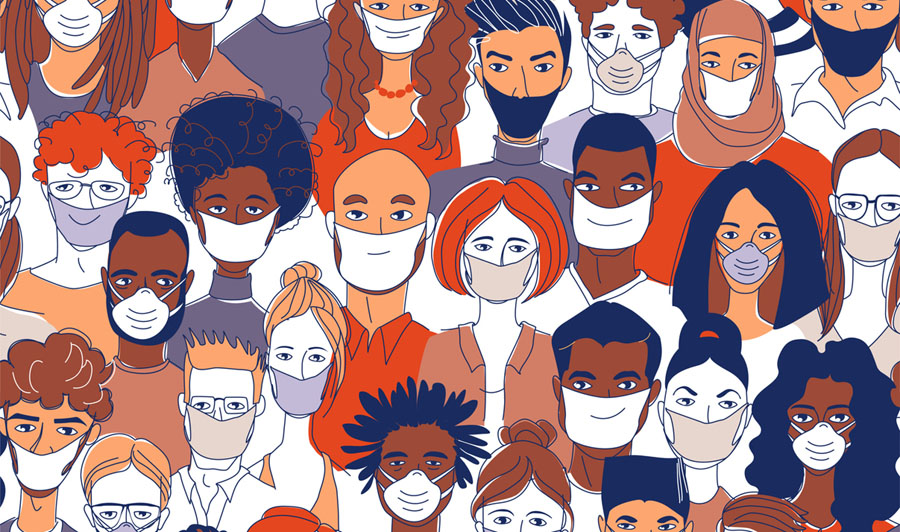
“A healthy outside starts from the inside.”
– Robert Urich,
Yes, the actor who was Spenser: For Hire
Key: Building a personal solution to the mask debate using psychology and sociology to ensure mutual wellbeing.
Living It: Create an individual plan to socialize safely that meets personal independence needs (choice and control) while ensuring interconnected public health.
Clinical Concepts: Employing studies of the Independence vs. Interdependence social phenomenon and neuroscience to address relational tension from a cultural and brain-based perspective.
We have Green Phase for a month here in Pennsylvania and how we adjust to the demands has sparked large scale debate, small town considerations and individual concerns.
At the center of the debate is the mask—which has become an icon of safety and health to some, and mark of personal infringement to others. “Overall, 65% of U.S. adults say that they have personally worn a mask in stores or other businesses all or most of the time in the past month,” a recent Pew Research Study found, “while 15% say they did this some of the time. Relatively small shares of adults say they hardly ever (9%) or never (7%) wore a mask in the past month.” There are outspoken no-mask activists and quiet protesters, and those who simply may not be interested, or have health needs that make mask wearing challenging. Thus, according to the study, our US mask wearing numbers—a practice recommended by the Center for Disease Control (CDC) and World Health Organization (WHO) as crucial to keeping COVID in check, is a little over 60%. In my high school we Americans would get a solid D grade.

What’s up, America?
The heart of this debate is even deeper. In sociology and psychology, our mask wearing trends are tied to the often taut dynamic between independence and interdependence. The mask is one of a host of personal and societal health practices which have been part of adaptation to the post-COVID-19 world, but the choice to follow still is in the hands of the individual. It being Independence Day this month, with the discussion of governmental over-reach heating up, independence vs. interdependence seems like a great phenomenon to examine as we, the people make plans for how to get through our days safely.
The Interdependent-Independent Dance
“Your brain starts worrying about independence as soon as you achieve intimacy, and it worries about intimacy as soon as you achieve independence.”
– Pr. Deborah Tannen, Sociologist
The crux of the issue for many Americans is the lack of personal control in a top-down mandate that they feel violates their independence by overprioritizing the interdependence of our society. From that perspective, this mandate impacts their rights and wellbeing, even though the point of engaging in the anti-COVID19 health practices recommended by the government is to stay healthy. The impact of interdependence or independence on well-being was studied in 2010 by a multi-national collaboration of professors and doctors from Tokyo, Korea, Stanford and the Universities of Michigan, Arizona and Wisconsin. Their aim was to examine how this phenomenon affected wellbeing in a culture like America, which values independence, and Asian cultures which more prioritize interdependence, the social greater-good and harmony. They found that there are “culturally distinct pathways (independent versus interdependent) in achieving the positive life outcomes” even before COVID-19.
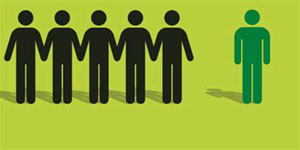
Over-all, “the strongest predictor of wellbeing and health was personal control in the United States” but maintaining health and wellness via “the interdependent mode of being (which is fostered in Asian cultural contexts) highlights responsiveness to the needs and expectations of social others and a resulting sense of the self as harmoniously connected to others with minimal strain and tension” (Kitayama, S. et al, 2010).
So, from a cultural perspective, many Americans may feel a decrease in feelings of well-being when feeling socially or governmentally forced to wear a mask, despite the Pew statistics that the slight majority of our society does so in understanding of the risks. It may be likely that they are already more interdependently minded as the “we’re in this together” focus from early COVID-19 social distancing was strong.
But that independent mindset can, and naturally does, shift. Our independence and interdependence is on a biological spectrum according to Dr. Loretta Graziano Breuning who specializes in understanding human drives from a mammalian neurochemical perspective. “Mammals evolved to live in groups, but each brain is constantly analyzing its own best interest,” she said. We are part of the whole but separate from it as well. In situations outside of our present COVID-19 reality, the dance between the two has meant that Homo Sapiens were set up for success, even on a neurochemical level. “We have inherited a brain good at meeting its needs while living with others.” Dr. Graziano Breuning explained. “The mammal brain rewards you with dopamine when you meet a need, and it rewards you with oxytocin when you create [interdependence]. Both are important, but in each moment, a mammal weighs one need against others” (2013).
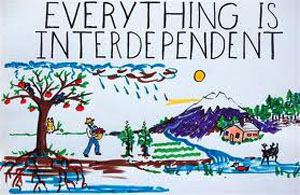
As Professor Tannen is quoted above, we are wired to seek both independence and interdependence, based on the twin pulls of oxytocin and dopamine. Thus, when we first heard news of that the pandemic could impact the production and distribution of goods an overwhelming amount of people began to stockpile items (like good ol’ TP) and were rewarded with a soothing burst of dopamine for their independence. Others began to sew masks for friends, neighbors and essential workers while riding a calming wave of oxytocin. Neither impulse was wrong under stress since both fit our cultural and biological drives. Then, as the pandemic lingered, and our stockpiles were full, those independent folks shifted and used technology (like good ol’ Zoom) to stay interconnected for the oxytocin while others took solace in independent dopamine fueled Netflix binges.
Dancing Together, Independently
“NOW. You’re looking at now, sir. Everything that happens now is happening now.”
“Go back to then!”
– Col. Sandurz and Lord Dark Helmet,
Spaceballs, 1987
At the end of June, we met as a family and laid out our hopes, fears, concerns and plans for how to begin to re-engage with the world while remaining healthy and safe. To be honest, in many ways, it hurt my heart to do so. I was like Dark Helmet in Spaceballs, “can’t we just go back to life before March 2020, when our world changed?” Rationally, I knew we could not, and even as my rational mind tackled the safety issue, my heart had its say. I’m certain I’m not alone in this.
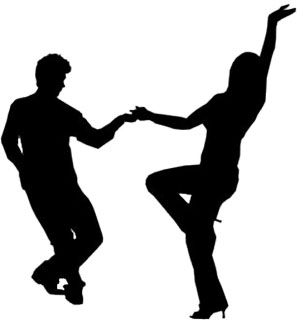
As a family we all danced between independence and interdependence following the plan individually in our shared yet separate lives. We needed connection, but we also understood that now that connection brought risks to ourselves as well as those we cared about, and even to the person across the cash register from us at the local ice cream and pretzel shop.
Since that time, we have trodden carefully. We dined out once, we went to our local farmer’s market, we went to a demonstration and hosted a creatively social distanced birthday. Each one returned a level of normalcy with a side of unfamiliar and a tinge of loss as we looked at faces, we knew so well, now covered by masks. But we did it and will do it again. Because we’re still in this together.
There is a way to be independent in our new level of interdependence. In fact, Dr. Shinobu Kitayama and his team found that if people make the prioritization of others their own choice, rather than it decreasing American wellbeing due to a lower sense of independence, it becomes “very important in sustaining their sense of control, autonomy, and independence. Thus, the relational factors are likely to have significant influences on health and wellbeing.”

Did you catch that? If we choose to prioritize our interdependence with others and take CDC mandated steps, we validate our own independence. We increase our health on a psychological level, reduce our viral risk on the biological level and do the same for those around us. BAM, triple win!
Back in May we talked about making your re-entry plan. This plan can be you and your family’s Declaration of Independent Interdependence. Just outline what your concerns are and define the health practices recommended by the CDC and WHO that you are willing to adopt. If you are of the 15% of Americans who wore masks some of the time, or the 16% who do so hardly ever or never, then look to the concerns of your extended family, friends and neighbors. Chances are that independent dopamine burst is wearing thin and maybe you would like a little oxytocin. Find a positive personal reason that you are willing to wear a mask and you will suddenly also regain a dopamine burst because you will retain your independence while helping others.
It’s NOW, now. Health organizations will continue to give guidance, governors will govern, and life must still be lived enjoyably. The choice is always ours, not just how we live, but especially why. Let’s stay American, independent and in control, while also remembering that as “We the people,” we can’t do it alone.
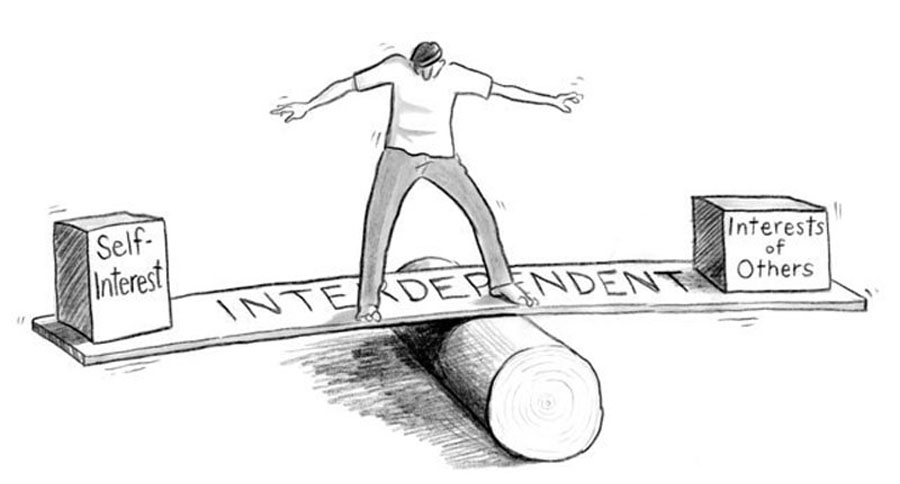
Graziano Breuning, L. (2013) Every Day Is Independence Day, and Interdependence Day. Psychology Today. Retrieved from: https://www.psychologytoday.com/blog/your-neurochemical-self/201307/every-day-is-independence-day-and-interdependence-day?eml
Kitayama, S. et al (2010) Independence and Interdependence Predict Health and Wellbeing: Divergent Patterns in the United States and Japan. Frontiers in Psychology Retrieved from: https://www.ncbi.nlm.nih.gov/pmc/articles/PMC3153777/
Pew Research Center (2020) Most Americans say they regularly wore a mask in stores in the past month; fewer see others doing it. Retrieved From: https://www.pewresearch.org/fact-tank/2020/06/23/most-americans-say-they-regularly-wore-a-mask-in-stores-in-the-past-month-fewer-see-others-doing-it/
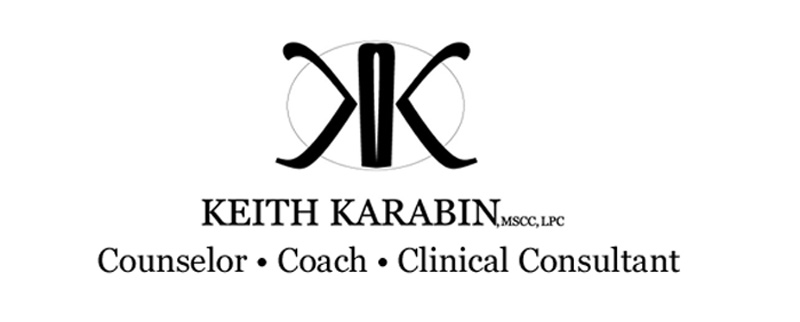
 Previous Post
Previous Post Next Post
Next Post